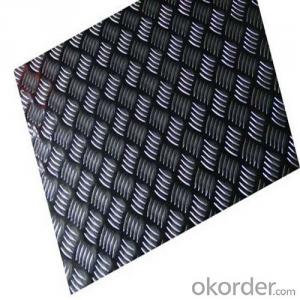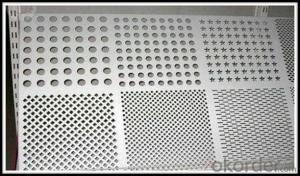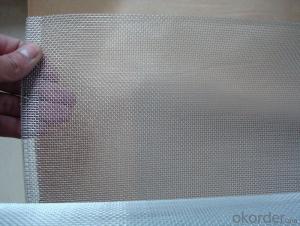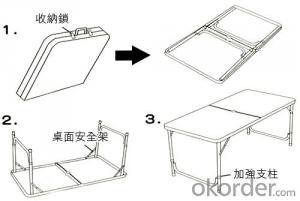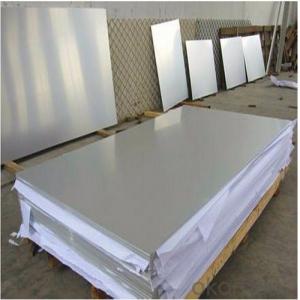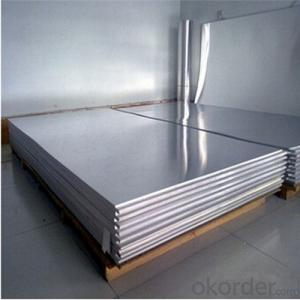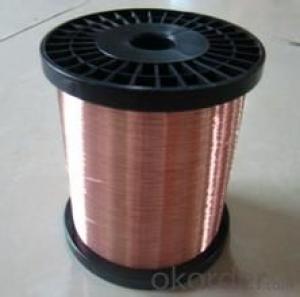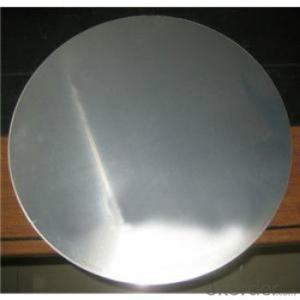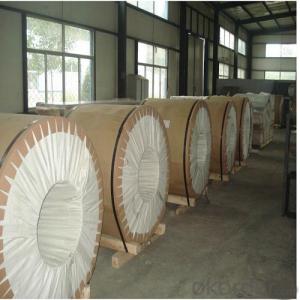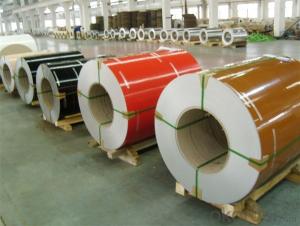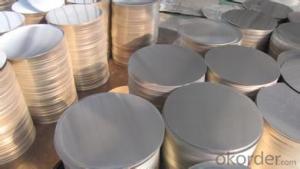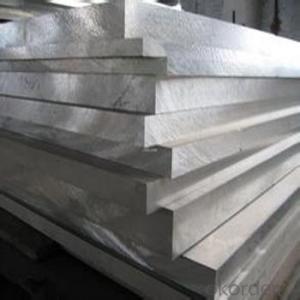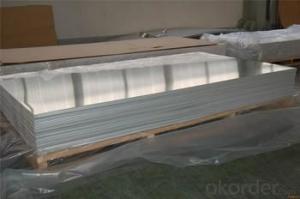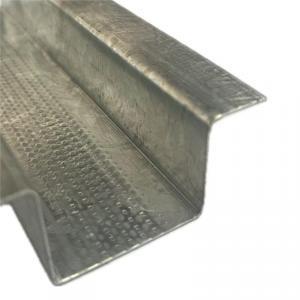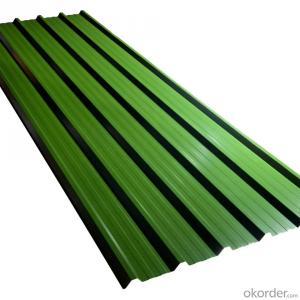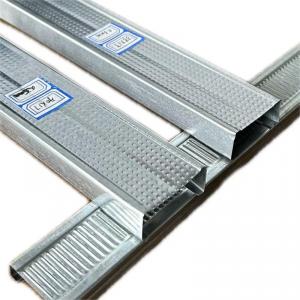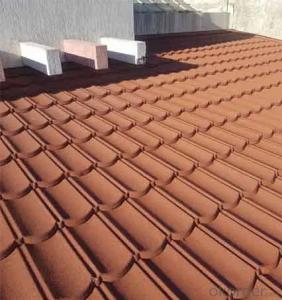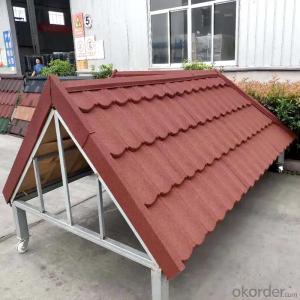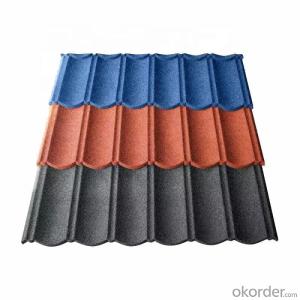Eddy Current Aluminum Plate
Eddy Current Aluminum Plate Related Searches
Bending Aluminum Plate Aluminum Dimond Plate Bending Plate Aluminum Extruded Aluminum Plate Bendable Aluminum Plate E46 Aluminum Skid Plate Tread Plate Aluminum Aluminum Mid Plate Bending Aluminum Diamond Plate Aluminum Charger Plate Bending Diamond Plate Aluminum Engraved Aluminum Plate Aluminum Dimple Plate Aluminum Threaded Plate Aluminum Wall Plate Aluminum Thread Plate Aluminum T Plate Aluminum Mold Plate Aluminum Cooking Plate Tread Aluminum Plate Aluminum Plate Nearby Aluminum Mending Plate Aluminum Grid Plate Aluminum Skid Plate Aluminum Caul Plate Breadboard Aluminum Plate Aluminum Ramp Plate Machined Aluminum Plate Aluminum Round Plate Aluminum Anti Skid PlateEddy Current Aluminum Plate Supplier & Manufacturer from China
Eddy Current Aluminum Plate is a specialized type of aluminum plate designed to effectively dampen eddy currents, which are induced electrical currents that can cause energy loss and interference in various applications. These plates are engineered with specific properties to minimize the impact of eddy currents, making them an essential component in industries where electromagnetic compatibility is crucial.The Eddy Current Aluminum Plate finds its application in a wide range of scenarios, including power generation, electrical engineering, and transportation sectors. It is particularly useful in environments where electromagnetic fields are generated, such as in transformers, generators, and high-speed train systems. By incorporating Eddy Current Aluminum Plate into these systems, the efficiency and performance can be significantly improved, as it helps to reduce energy losses and maintain a stable electromagnetic field.
Okorder.com is a leading wholesale supplier of Eddy Current Aluminum Plate, boasting a substantial inventory to cater to the diverse needs of clients across different industries. With a commitment to quality and customer satisfaction, Okorder.com ensures that the Eddy Current Aluminum Plate they provide meets the highest standards of performance and reliability. This makes them a trusted source for businesses and organizations seeking to enhance their operations with this advanced material.
Hot Products






